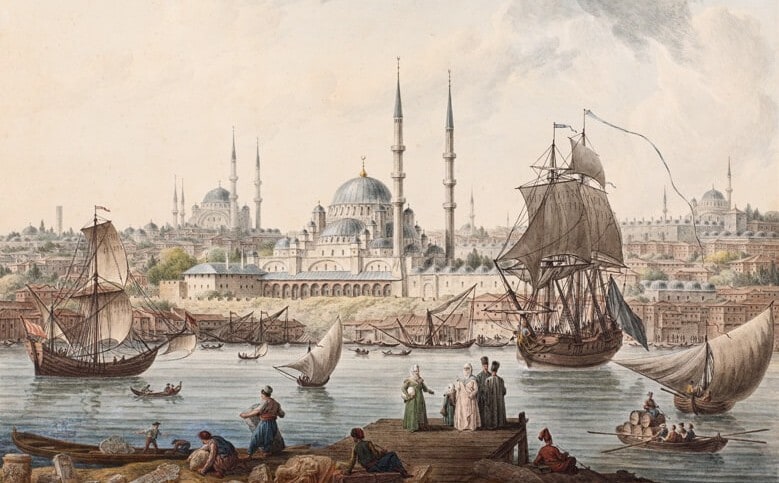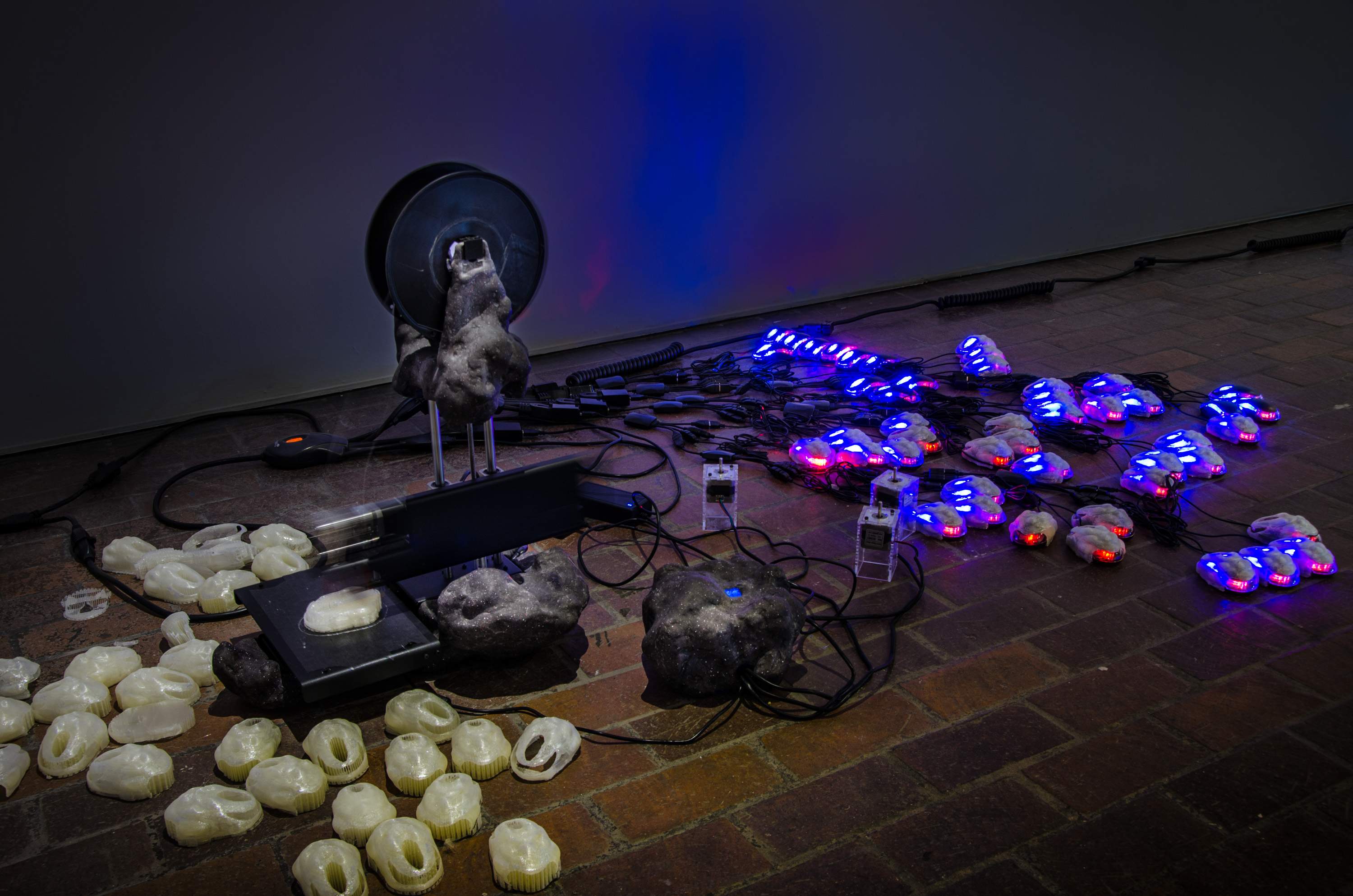Director: Jean-Paul Jaud
Cast: Perico Légasse
France, 107’, 2008, color
French with Turkish subtitles
This eye-opening documentary follows an experiment in a small village in the mountains of France where the town's mayor has decided to make the schoollunch menu organic, with much of the food grown locally. He argues that unless we act now to change industrial models of agricultural production that rely on petro-chemical fertilizers and insecticides, our children will be condemned to rapidly deteriorating health in the form of cancers, infertility and other illnesses linked to environmental factor. Featuring interviews with children, parents, teachers, health care workers, farmers, elected officials, scientists and researchers, """"Food Beware"""" takes a powerful look at the abuses of the food industry, the challenges and rewards of safe food production, and the practical solutions that everyone can take part in. This remarkable story of one community's crusade to save their children's health is both food for thought and a blueprint for a growing revolution.

When regarding the paintings of Istanbul by western painters, Golden Horn has a distinctive place and value. This body of water that separates the Topkapı Palace and the Historical Peninsula, in which monumental edifices are located, from Galata, where westerners and foreign embassies dwell, is as though an interpenetrating boundary.

He had imagined the court room as a big place. It wasn’t. It was about the size of his living room, with an elevation at one end, with a dais on it. The judges and the attorneys sat there. Below it was an old wooden rail, worn out in some places. That was his place. There was another seat for his lawyer. At the back, about 20 or 30 chairs were stowed out for the non-existent crowd.
Tuesday - Saturday 10:00 - 19:00
Friday 10:00 - 22:00
Sunday 12:00 - 18:00
The museum is closed on Mondays.
On Wednesdays, the students can
visit the museum free of admission.
Full ticket: 300 TL
Discounted: 150 TL
Groups: 200 TL (minimum 10 people)